10 gardening tips to help you get through the beginner stage
Don't waste your balcony or garden, plant some flowers and plants to make it beautiful! But not everyone is good at gardening, especially beginners, who have many ideas but the results are not satisfactory. Don't worry, the editor recommends 10 gardening tips to help you safely get through the beginner period.
Choose the right plant species based on your home’s lighting conditions
First of all, you have to determine the orientation of your windows and pay attention to whether there are any obstructions outside the windows, such as large trees, walls, etc., because these obstructions will block part of the sunlight and affect the photosynthesis of plants.
If your home's decorative gardening windows face south and receive plenty of sunlight all day, the flowers and plants you grow can adapt to this environment, as long as you remember to place the plants slightly away from the windows. The editor suggests that you can plant some cacti, calla lilies, or sorrel, begonias, and German dwarf lemon trees, which are flowering or fruiting plants.
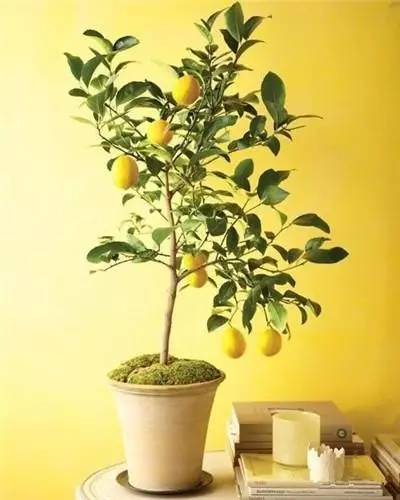
If your home's decorative gardening windows face east or west and the lighting conditions are average, you can place the plants closer to the windows. At this time, you can plant some species such as Pilea, Peperomia, palm trees, Dracaena, tropical figs and ferns.
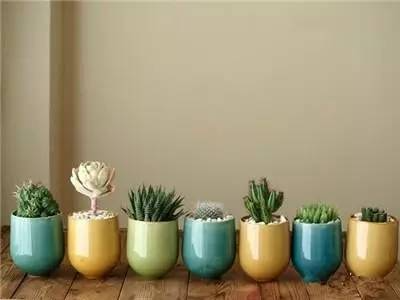
If your home's decorative gardening windows are backlit and the amount of light is very small, you should try to choose some plants that do not like sunlight and can be placed directly on the windowsill. The editor recommends that you can plant some golden pothos, philodendron, face high flower, evergreen, white peace lily and money tree.
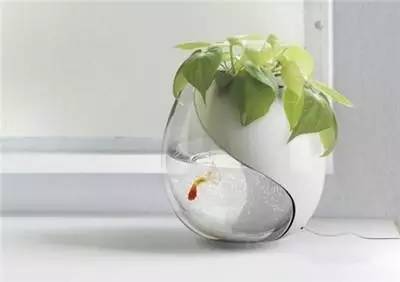
Try to avoid exposing the plants to direct sunlight.
In the hot summer, when the ultraviolet rays are strong, human skin will feel the burning sensation if it is directly exposed to the sun. The same is true for green plants, which will also wilt due to the strong ultraviolet rays. To prevent the plants from being scorched, you can use a gauze curtain to block them, or place the plants 30 cm away from the window.
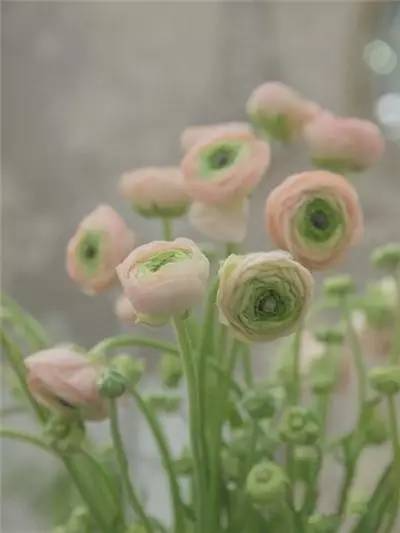
Pay attention to lighting conditions
If your room has poor lighting conditions, you need to plant some shade-loving plants. It is best to move the indoor plants to a room with more sunlight every week. The editor recommends that you plant some money trees and golden pothos, which have a dense texture and are not easy to lose water.
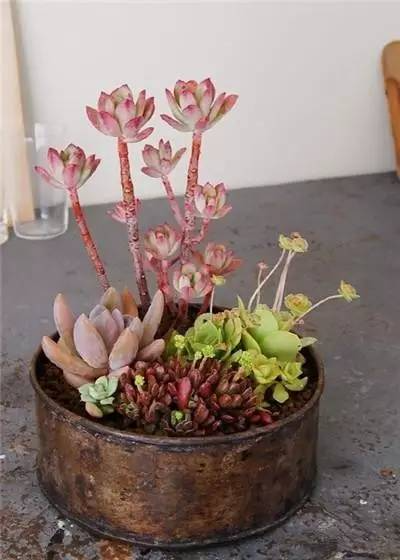
Time and details cannot be ignored
If you decide to grow flowers and plants, you need to consider your own schedule. You can't go out for several days at a time, and when you come back, half of the green plants are dead. The editor believes that no one wants to lose their beloved flowers and plants due to their own negligence. If you really need to go out frequently and no one is at home, the editor recommends that you can grow some drought-resistant plants, such as succulents, cacti, etc. But you must also pay attention to the fact that if you take too much care of the plants, it will be difficult for them to survive.
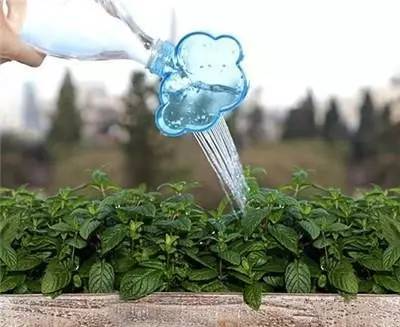
Overwatering is the easiest way to kill plants.
When gardening, we often make the mistake of watering our plants so much that they die in a few days. You can water your plants regularly, but you should water them when they need it most. Before watering, you should check the moisture level in the soil. If the leaves of the plant wilt and the soil becomes lumpy, the plant is extremely thirsty and you must water it. If the soil is dark and sticky to the touch, the moisture level is just right and you should stop watering.
Learn the correct watering method
Although watering seems simple, it actually requires some skills. When watering, you should first push aside the branches and leaves, and water the bottom of the flowerpot until the water starts to seep out. Let the plant sit for half an hour to allow it to have enough time to drink up the water, and finally pour out the excess water in the tray.
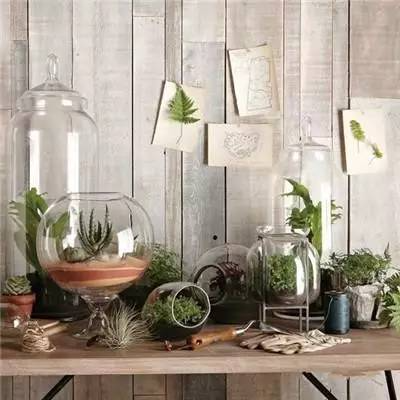
The placement of plants is particular
When designing a garden, plants are not placed randomly, but arranged according to a rule. You can place water-loving ferns, ivy and tropical plants together, and then water them collectively every few days with a small spray bottle. If it is a dry autumn and winter season, place the plants together so that it is easier to create a humid environment.
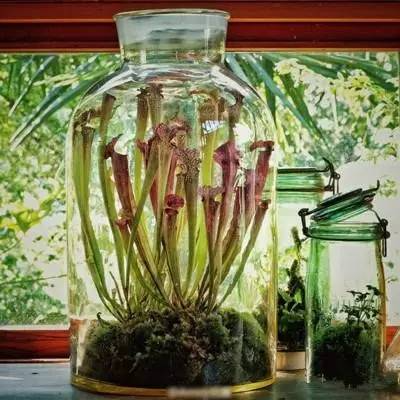
Master the right temperature
In fact, plants are very sensitive to temperature, just like humans. Generally speaking, plants are most comfortable in an environment of 30°C. You need to place plants as far away from vents, radiators, and exterior doors as possible, because these locations will generate too much airflow and the temperature difference between hot and cold is relatively large.
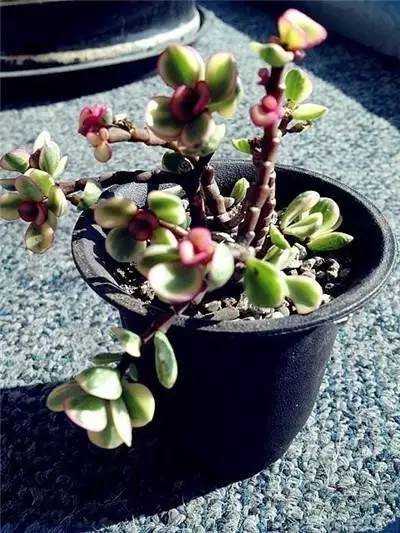
Choosing the right fertilizer
As a beginner, the editor recommends that you should not use fertilizers, because if the amount of fertilizer is not properly controlled, it will be counterproductive. Plants can get the water and minerals they need from the air and other plants around them, and get nourishment and energy through light. Therefore, most plants can grow healthily without adding any fertilizers.
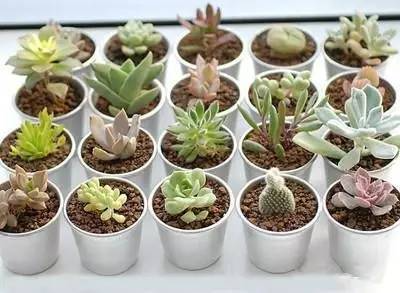
Try to buy green plants from professional gardening stores
When buying green plants, I do not recommend that you buy them from hardware stores or supermarkets. Instead, you should go to a garden center or a flower store. Before buying, be sure to check carefully to make sure that the plants do not have yellow leaves, powdery mildew, leaf spots, or wilted stems. If the plants show these symptoms, it means that they are already in an unhealthy state. If you are a novice, you may really buy them home and they may die in a few days.
Although growing flowers and plants requires certain experience and skills, as long as you pay a little attention, be more careful and attentive, even if you are a novice, you can still grow flowers and plants well and create a beautiful corner of the garden.

Landscape Architecture Tribe
Announcement of registration for Green Committee national meetings, training, inspections and other activities
Share various landscape/engineering/plant/ecology/maintenance information in the garden industry